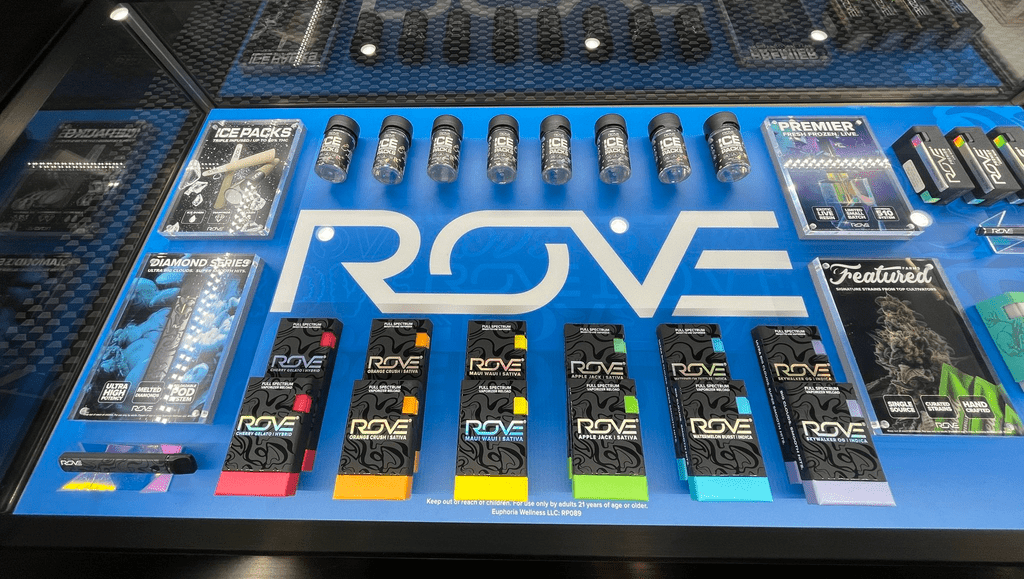The cannabis vaping industry has become a dominant force in both medical and recreational markets, but its rise didn’t happen overnight. The story of cannabis vaping is one of innovation, cultural influence, health concerns, and technological evolution. Understanding its history provides insight into how this consumption method grew from niche experimentation into a billion-dollar global market.
Early Concepts of Vaporization
The concept of vaporization—heating a substance without burning it—can be traced back centuries. Ancient civilizations, such as the Egyptians, reportedly used hot stones to vaporize herbs and inhale the resulting fumes. While not cannabis-specific, these practices set the stage for later innovations.
In the modern era, early patents for herbal vaporizers began appearing as far back as the 1960s. However, it wasn’t until the 1990s that cannabis enthusiasts and inventors seriously began experimenting with devices designed specifically for marijuana. These early prototypes were often bulky, expensive, and limited to home use.
The Rise of Desktop Vaporizers
The late 1990s and early 2000s saw the emergence of the first commercial cannabis vaporizers. One of the most influential devices was the Volcano Vaporizer, launched in Germany in 2000 by Storz & Bickel. Known for its precision temperature control and balloon-style delivery system, the Volcano quickly gained a reputation among medical cannabis patients for offering a cleaner alternative to smoking.
These desktop vaporizers marked a turning point by showing that cannabis could be consumed without combustion, significantly reducing exposure to tar and carcinogens. However, their size and cost kept them from becoming mainstream.
The Shift to Portable Devices
As technology advanced, the mid-2000s brought smaller, more discreet portable vaporizers to market. Companies began producing handheld units that could heat cannabis flower or concentrates while on the go. Devices like the Magic Flight Launch Box gained popularity among enthusiasts seeking portability, even if reliability and consistency were limited at the time.
The real breakthrough, however, came with the adaptation of e-cigarette technology. Originally developed for nicotine, e-cigs inspired cannabis companies to create cartridge-based vape pens filled with cannabis oil. These pens offered convenience, discreetness, and ease of use—qualities that appealed to new consumers and medical patients alike.
The Vape Pen Boom
By the early 2010s, cannabis vape pens surged in popularity, particularly in states with legalized medical and recreational cannabis. Brands like Pax, O.penVAPE, and later Stiiizy helped normalize vaping in dispensaries. Pre-filled cartridges became a best-selling product category, offering consistent dosing and strain-specific formulations.
This period also marked the beginning of widespread lab testing and cannabis oil refinement. Advances in extraction technology allowed companies to produce cleaner, more potent concentrates for vaping, further driving adoption.
Challenges and Controversies
Despite its rapid growth, cannabis vaping has faced setbacks. In 2019, the industry was rocked by the EVALI outbreak, a vaping-related lung illness linked primarily to illicit market cartridges containing vitamin E acetate. The crisis drew national attention, highlighting the importance of regulation, testing, and consumer education.
While the outbreak caused skepticism, the legal market responded with stricter standards, improved formulations, and greater transparency. As a result, vaping has rebounded as a trusted consumption method in regulated states.
Cannabis Vaping Today and Beyond
Today, cannabis vaping accounts for a significant share of legal sales in markets like California, Colorado, and Nevada. Consumers value its convenience, discretion, and reduced odor compared to smoking. Innovations continue to push the category forward, with live resin cartridges, rosin pods, and temperature-controlled devices offering increasingly refined experiences.
Looking ahead, cannabis vaping is expected to remain a cornerstone of the industry. As legalization expands and technology advances, vaporizers will likely become even more sophisticated, offering customizable effects tailored to individual consumer preferences.


